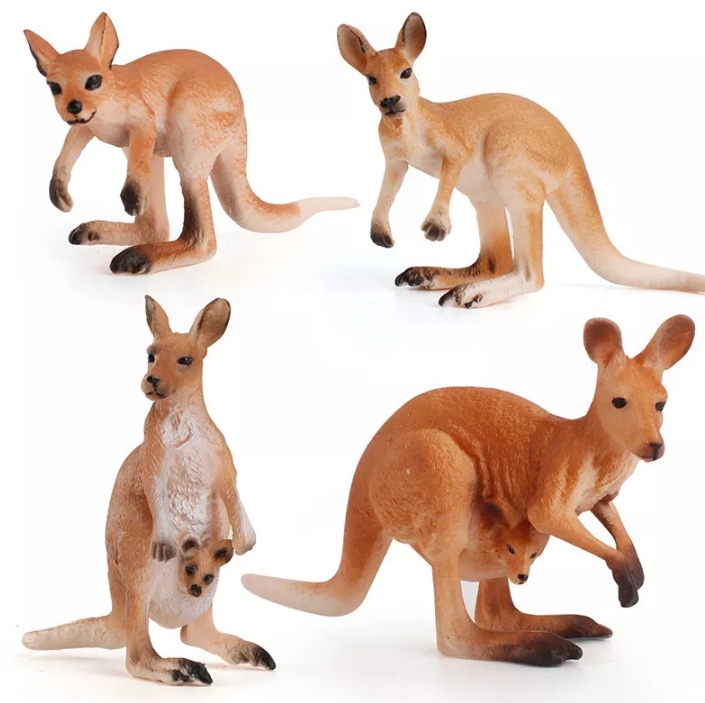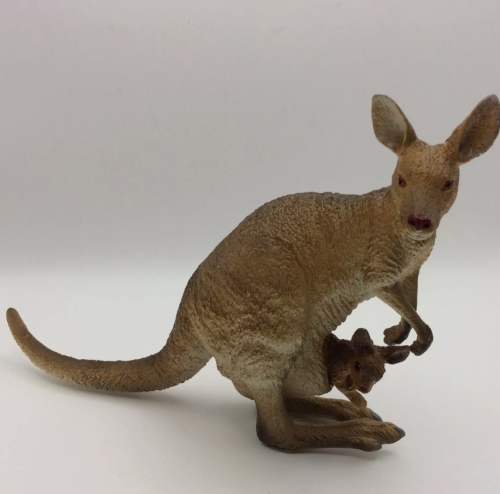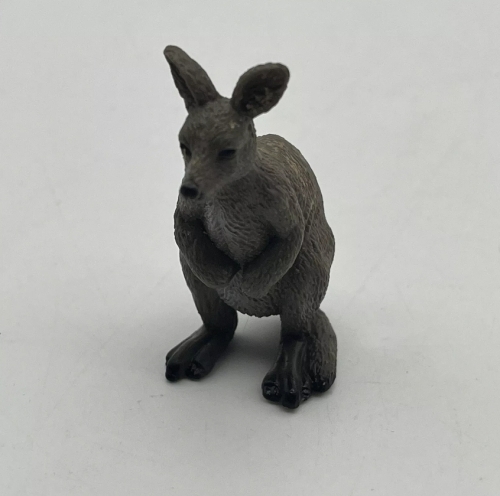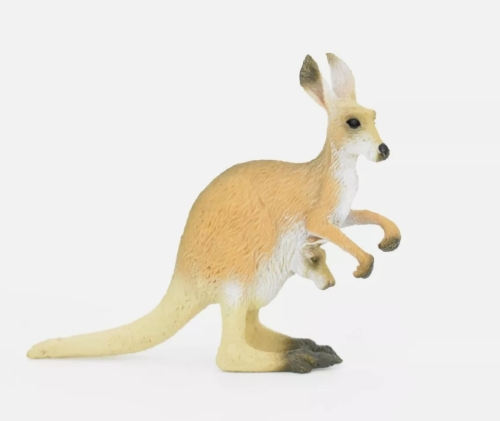Kangaroo model is an important biological and ecological research tool, which provides abundant research materials for scientists with its unique physiological characteristics and adaptive behavior. As a typical marsupial, kangaroo model has been widely used in various experiments and simulation studies due to its special fertility mode, locomotion ability and social behavior.
First, kangaroos' baggy characteristics give them a unique advantage when it comes to fertility and young care. During the reproductive process of kangaroos, the young develop in the mother for a relatively short time, and immediately migrate to the mother's pouch after birth to continue their development. This process provides a valuable observation opportunity for studying biological development and the relationship between mother and child, and scientists can gain insight into the physiological environment and nutritional needs of the young at different stages of development.
Secondly, kangaroos have remarkable adaptability in sports function and strong jumping ability. This trait allows kangaroos to move quickly across vast environments in search of food and to avoid predators. By studying the jumping mechanism of kangaroos, scientists were able to reveal the basic principles of sports biomechanics, while also providing implications for bioengineering and bionic robot design. Kangaroo's performance in efficient energy use and movement efficiency has become an important blueprint for many bionic designs.
In addition, the social behavior and group lifestyle of kangaroos provide a new perspective for the study of animal behavior. Kangaroos often live in groups and form a stable social structure through complex communication and interaction. By observing the social behavior of kangaroos, researchers can gain important information about animal welfare, group dynamics, and survival strategies.
















